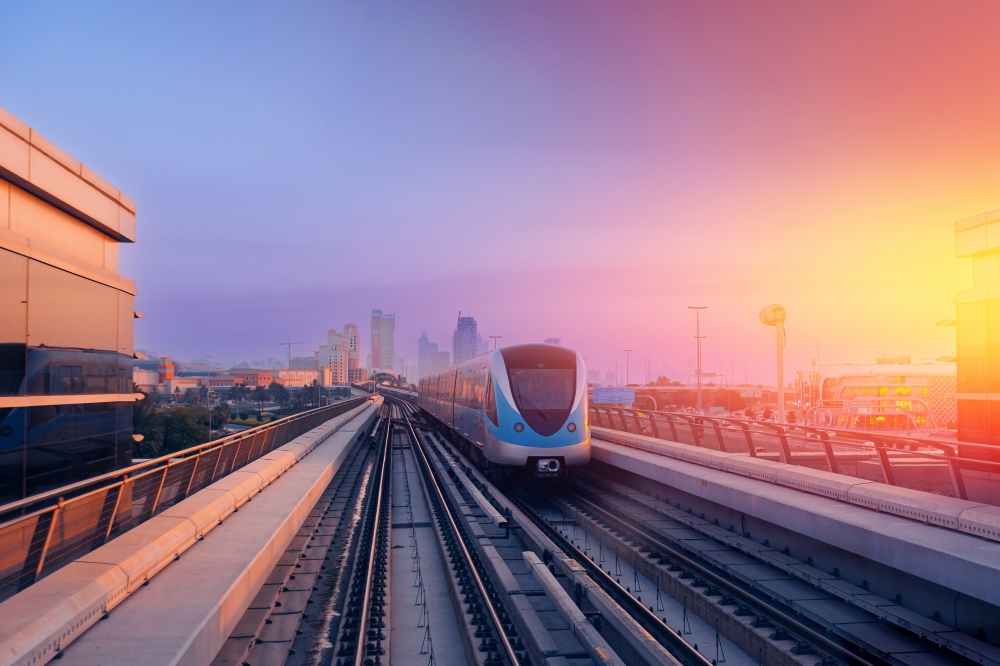Oman today_ The Oman Vision 2040 Annual Report highlights the vital role of the transportation sector in driving the country’s national urban development strategy. Among the key initiatives in this area is the Muscat Metro Project, for which the initial feasibility study has been completed. The planned metro line will span 55 kilometers, connecting Ruwi to Sultan Haitham City.
In its first phase, the metro will feature 36 stations along a route that passes through Muscat International Airport, the proposed Ghala Central Business District (CBD), and Al Khuwair Downtown. This major infrastructure project is expected to significantly reduce traffic congestion, improve urban mobility, and support sustainable city development.
Alongside the metro project, the Omani government is expanding the national bus network to improve connectivity between Muscat and other key cities, including Sohar, Al Buraimi, Nizwa, and even Abu Dhabi. The Muscat–Nizwa route currently operates four round trips per day, while new routes such as Muscat–Nizwa, Sohar–Ibri–Fahud, and Sohar–Muscat are under active implementation.
In the northern region, plans are underway to link Khasab (in Musandam Governorate) with cities in the United Arab Emirates, as well as to establish a domestic route connecting Khasab to Sohar.
According to the Ministry of Transport, Communications and Information Technology (MTCIT), the government is conducting a comprehensive evaluation of Oman’s public transport network. The assessment includes route efficiency, scheduling, passenger data, service coverage, intercity connectivity, operating costs, and fleet age. The goal is to enhance service quality, expand accessibility, and ensure that the network meets the growing needs of residents and visitors alike.
Beyond conventional transport, Oman’s urban development strategy also promotes cycling and walking as part of its vision to create cleaner, healthier, and more livable cities.
Together, these initiatives represent key components of Oman Vision 2040, which aims to build smart, sustainable, and people-centered cities that reflect the nation’s commitment to progress and innovation.

